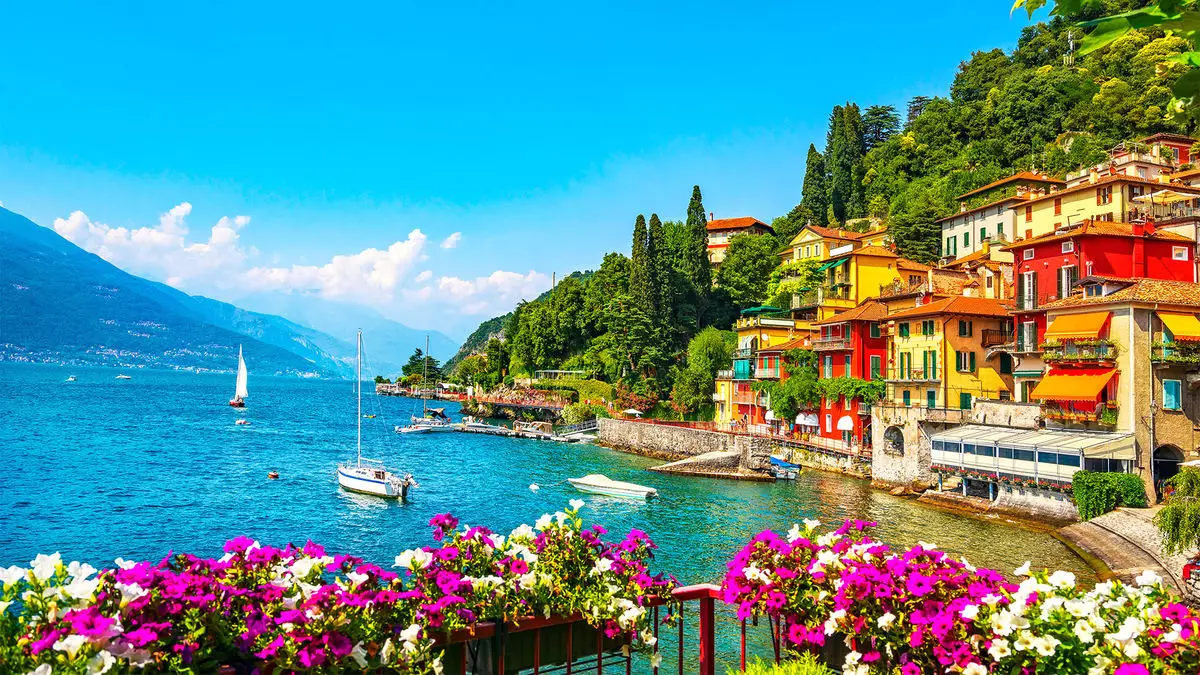The luxury hotel sector has experienced a remarkable transformation, notably characterized by a significant increase in properties charging an average daily rate (ADR) of $1,000 or more. This trend has particularly surged in renowned tourism hotspots such as the United States, Italy, and France. Through a comprehensive analysis of industry data, it becomes evident that this shift reflects wider economic dynamics, consumer behavior changes, and the ongoing bifurcation within the travel market.
Growing Numbers of High-Rate Hotels
Recent insights from CoStar unveil startling statistics regarding hotels that maintain an ADR of $1,000 or above. In the U.S., the number of such hotels has escalated from 22 in 2019 to nearly 80 by mid-2023. Meanwhile, Italy has seen its offerings expand from fewer than 20 luxury accommodations to about 70 in the same timeframe. France, not to be outdone, reported a rise from just over 20 high-priced establishments to nearly 50. It’s crucial to recognize that these figures might not fully capture the luxurious hospitality landscape, as many ultra-expensive boutique hotels might not be included in CoStar’s data.
This burgeoning trend raises significant questions about consumer willingness to spend exorbitant amounts on accommodations. A recent article in the Wall Street Journal highlighted not only the astonishment among readers regarding these trends but also the broader implications for the luxury market. The exponential growth in this premium segment suggests that a subset of travelers remains undeterred by the escalating prices, suggesting a robust economic standing for these individuals.
Jan Freitag, an expert in hospitality analytics, suggests that this upmarket shift is indicative of a broader bifurcation affecting the entire hospitality industry. On one end, luxury establishments thrive and attract clientele willing to pay for inconceivable levels of comfort and service. Conversely, the lower tier of the market faces challenges, with revenue per available room (RevPAR) for economy hotels declining by 4.2% in 2024, while upper-scale hotels reported growth.
This scenario can largely be attributed to the financial strains inflicted by inflation, which have impacted budget travelers more severely than affluent vacationers. The distinct divide in spending capacity showcases how economic recovery from the pandemic has favored those at the higher income levels, enabling them to continue indulging in luxurious experiences, such as lavish trips to Paris.
As the luxury market continues to evolve, a new category known as ultraluxury accommodation is beginning to take hold. According to Freitag, this segment is marked by an absence of price limits; affluent consumers are now operating under a mindset that equates high cost with personalized service and exceptional experiences. This notion hints at a fundamental change in consumer expectations, where mere luxury no longer suffices and personalized customization becomes paramount.
Peter Ricci, director of Florida Atlantic University’s hospitality program, highlights the geographical expansion of high-priced accommodations. Once predominantly associated with big cities like Paris, New York, and London, the trend is now evolving even in secondary markets such as Palm Beach and Boca Raton, underscoring the increasing ubiquity of luxury pricing across varied locales.
Traveler Adaptations and Planning Considerations
The soaring rates of hotel accommodations have also forced many luxury travelers to rethink their travel itineraries and budgets. Travel advisors like Beth Washington have witnessed firsthand the ripple effects of skyrocketing hotel prices on client bookings. Clients looking to vacation in Italy had to adjust their plans drastically due to a significant increase in nightly rates for five-star hotels. Such experiences reflect not only a shifting paradigm of what constitutes luxury but also the emotional toll that such financial considerations impose on travelers.
To navigate these changes, travel advisors are recommending that clients book accommodations early and secure flexible rates. This advice serves as a hedge against the continuously fluctuating market prices, allowing travelers to capitalize on current rates before they inevitably rise further.
While the hotel market presently exhibits a stark increase in $1,000-per-night offerings, predictions about the future trajectory of these rates remain uncertain. Sarah Fazendin of Videre Travel notes potential signs of stabilization following the heightened demand wave driven by the pandemic. As travelers and industry experts alike keep a close watch on these evolving trends, the interplay between consumer expectations, economic realities, and the broader luxury market will continue to shape the landscape of high-end travel in the years to come.
As the luxury accommodation market undergoes this unprecedented evolution, only time will tell how enduring the appetite for such extravagance will be, and whether the trend will plateau, subside, or escalate further into the realm of opulence.


Napsat komentář